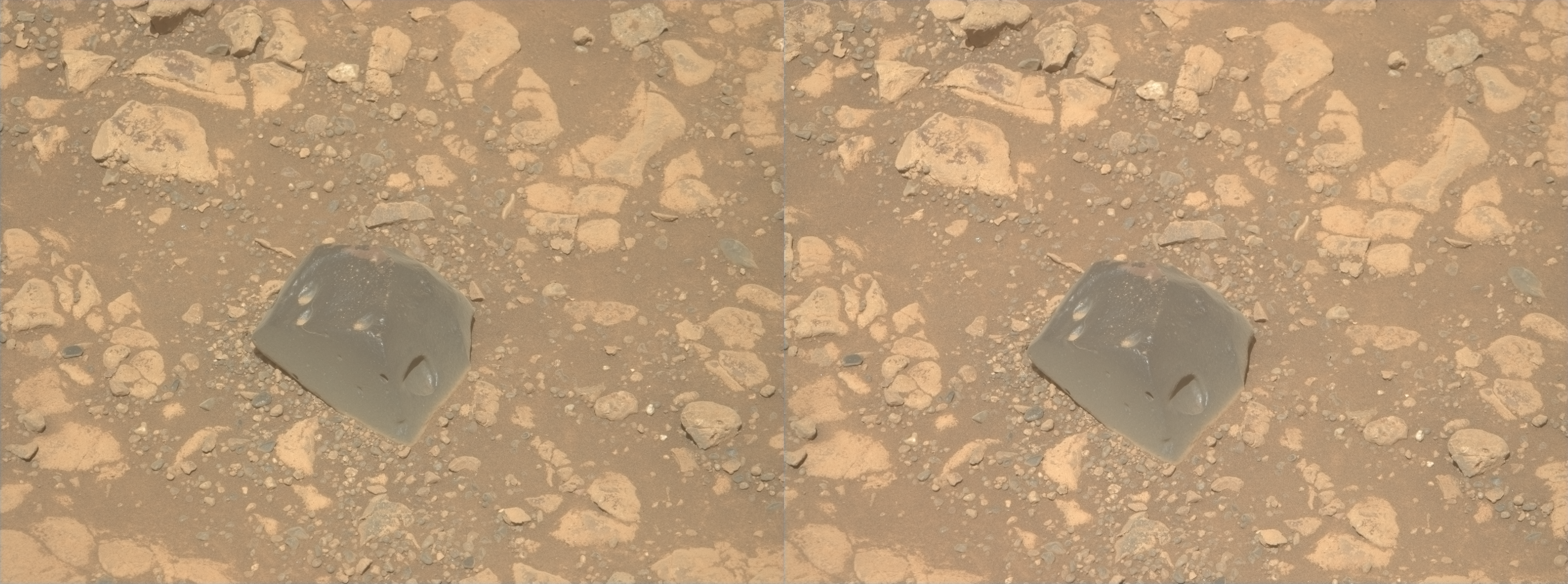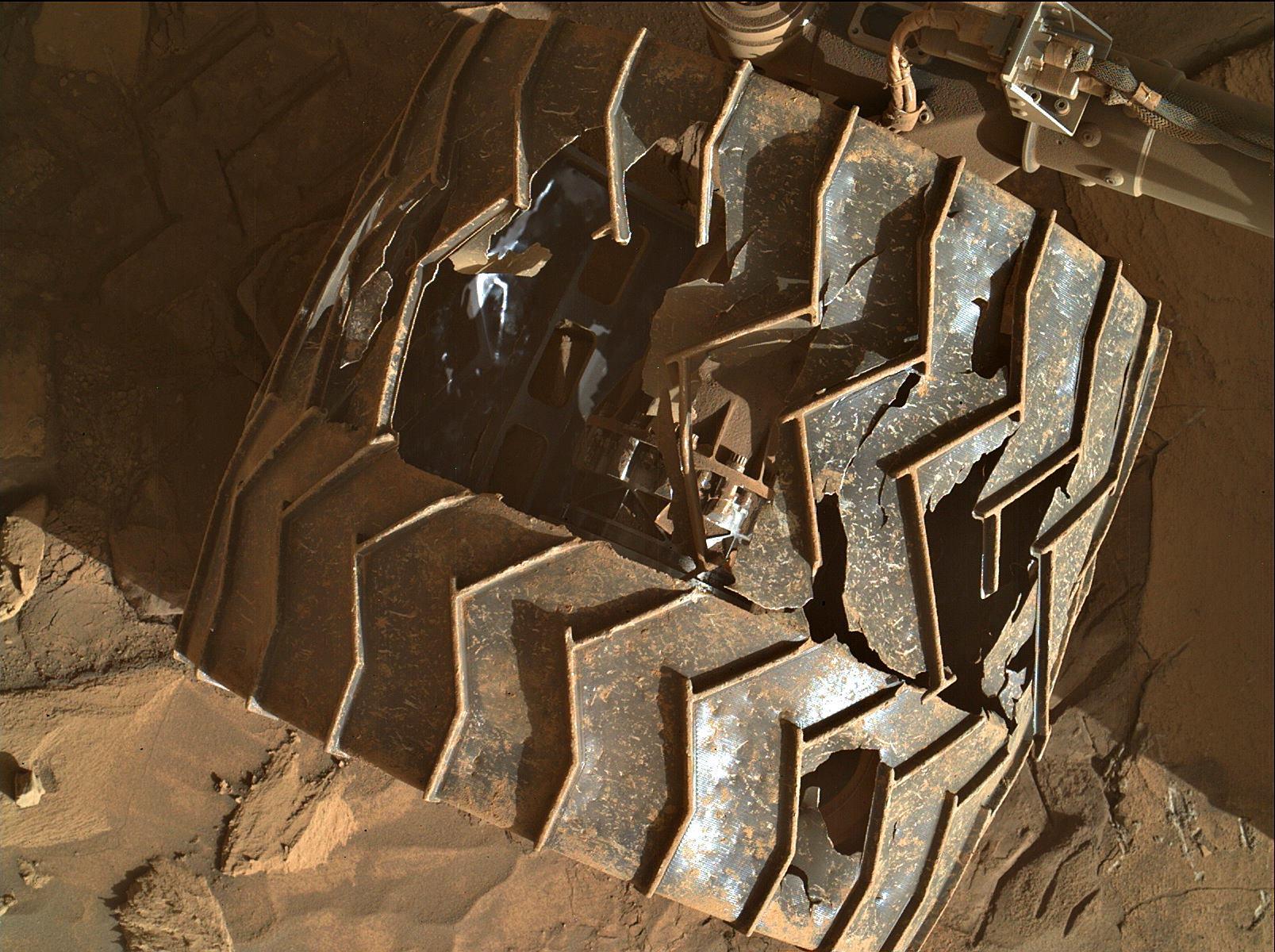Content Warning
#Mars Apr. 11, 2025 (Sol 1472)
Credits images: NASA/JPL-Caltech/ASU
#Perseverance #rover#Sol1472#PerseveranceRover#Mars2020 #space#astrodon #science#STEM #geology#WitchHazelHill#NorthernRimCampaign #photography#Stereo3D#3D #stereoscopy #solarocks




